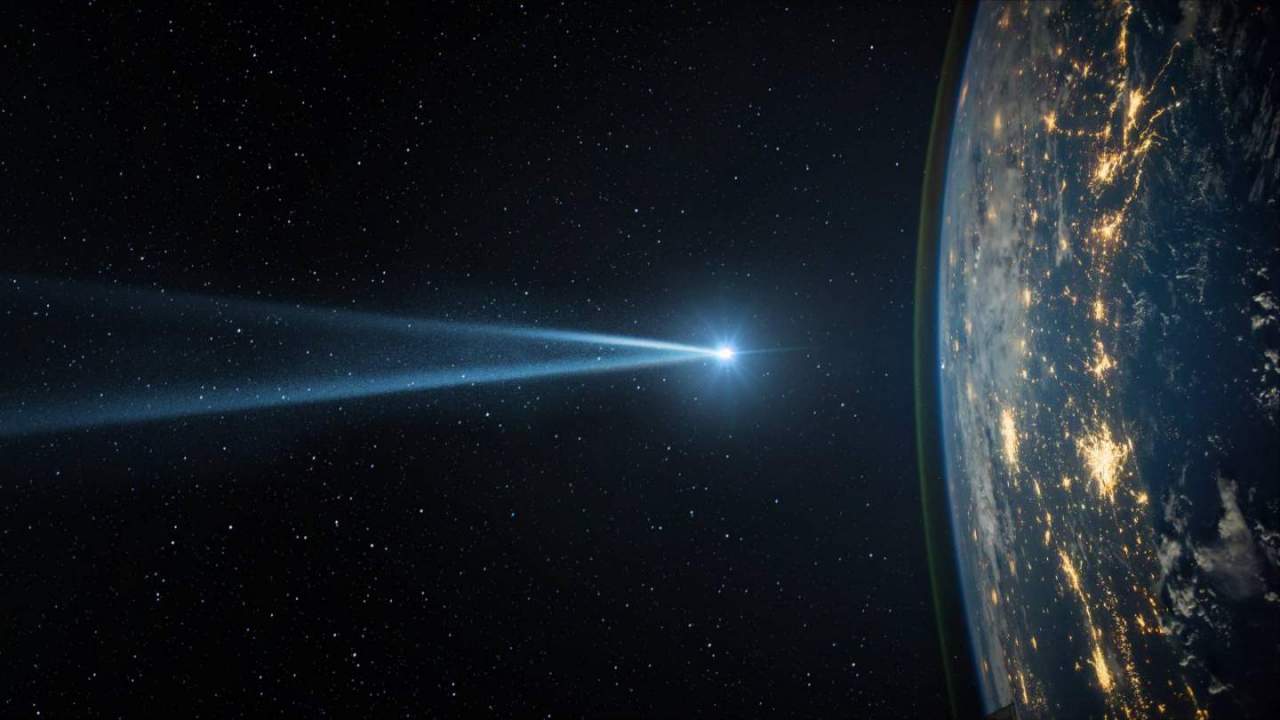A ‘mini’ supermassive black hole find could have huge implications
All eyes are currently in NASA recently succeeded in spreading James Webb Space Telescope – and correctly so that it can produce scientific breakthroughs and enhance our understanding of the universe, birth and evolution. However, there are other space telescopes (and it’s not Hubble) that doesn’t quite collect the same level of attention, but continues to produce insight into the same astronomical proportions. Observatory Chandra X-Ray NASA was launched on Columbia’s shuttle in 1999 and 100 times stronger than the previous X-ray telescope.
In the latest discovery, the X-Ray Chandra Observatory has found the smallest supermasive black hole but can have a major implication for the origin of a much larger colleague (through NASA). It sounds oxymoronic to talk about a small supermassive black hole, but this is exactly the supermassive black hole in the middle of the Galaxy Dwarf Galaxy Markian 462. It has 200,000 sun masses, which of course is not trivial. However, this PALES compared to the largest but found, tons 618, namely 66 billion times the mass of our sun.
A small piece in a larger jigsaw puzzle
Even though scientists understand a lot about how to form black holes, they don’t fully understand the levels in which they can grow or ways in which this usually happens. Scientists hope to collect puzzles which are how some supermassive black holes become so big, so early in the universe. Scientists now hope to target the same dwarf galaxy as Markian 462 to see if they can find a similar mini supermasive black hole and determine how general they are in the dwarf galaxy.
Unlike our galaxy, Milky Way, which is home to several hundred billion stars, Markian 462 is only home to about a few hundred million stars – then the status of “Galaxy Dwarf”.
According to NASA, if they can find that most of the dwarf galaxies are home to other mini supermatic black holes, it will support the view that the smaller black hole of the earliest generation of stars grows rapidly to the billion mass sun holes seen in the initial universe . If scientists only find a small portion of the dwarf galaxy with a supermassive black hole, it will suggest that black holes begin their existence of only as many as tens of thousands of sun mass.
“We cannot make strong conclusions from one example,” said Parker’s researcher from Dartmouth College (which helped lead research), “but this result must encourage a much wider search to bury black holes in the dwarf galaxy.”

